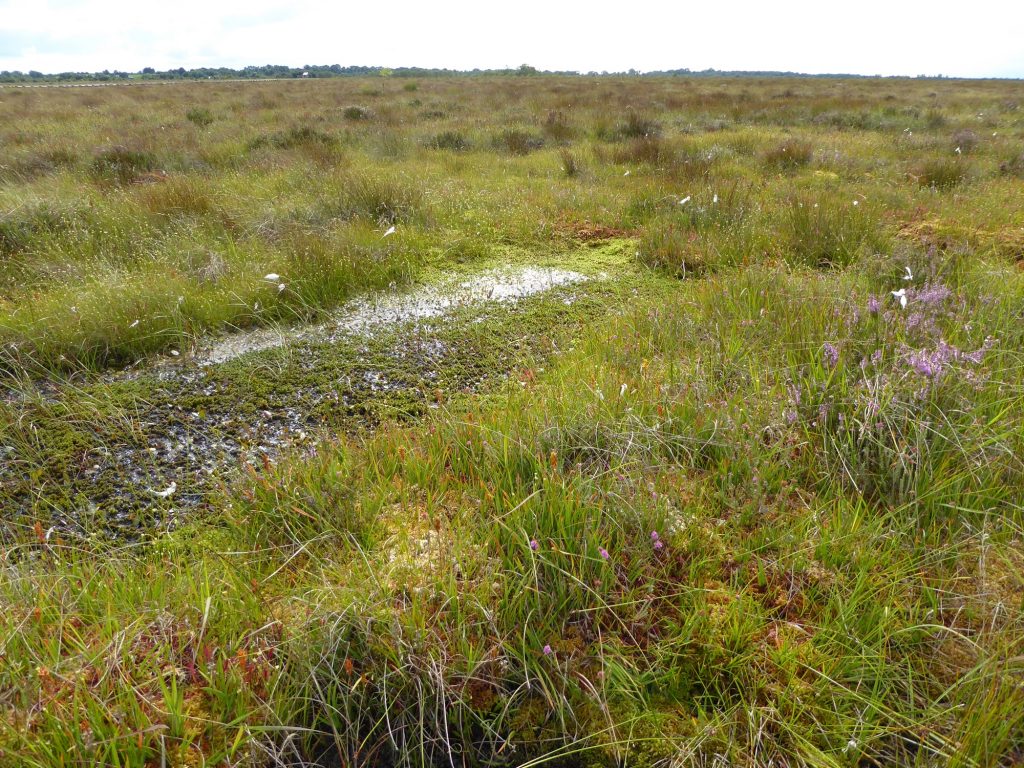On 24 November 2020, the cabinet approved €108 for Bord an Móna’s peatland restoration project. The scheme covers an area of approximately 33,000 hectares of Bord Na Móna peatlands previously harvested for peat extraction for electricity generation. The details can be seen here: https://www.gov.ie/en/publication/136a7-bord-na-mona-bog-rehabilitation-scheme/
Shortly after the Government announcement, Bord na Móna announced an end to all peat harvesting on its estate of c.80,000 hectares. The details can be seen here:
Bord na Móna announce formal end to all peat harvesting on its lands
Some peatland rehabilitation schemes have been undertaken under the government-funded peatland re-wetting scheme. In many bogs, this involves re-wetting the remaining peat by blocking drains and bunding, which sometimes involves using peat to form a dam to hold water. The objective is that the rewet peat supports the development of sphagnum mosses which help to retain carbon in the peat and absorb carbon from the atmosphere. Thus, fully functioning peatlands retain and absorb carbon dioxide, a key global heating gas. Damaged peatlands emit carbon dioxide; these drained peatlands are sources of carbon dioxide pollution.
Alongside the climate action benefits of peatland restoration are biodiversity (protecting wildlife) and ecosystem services (like flood and pollution control). Many specialist plants and animals rely on peatlands. Some Lepidoptera that thrive on peatlands are the Marsh Fritillary, Large Heath and Green Hairstreak butterflies and the Emperor, Dark Tussock and Oak Eggar moths. Peatlands hold rare birds like Hen Harrier, Merlin, Red Grouse and Curlew. The extremely rare endemic fungus Entoloma jennyi was discovered in a bog near Oughterard in Galway. This bog (not owned by Bord na Móna) is still being destroyed, despite being part of a Special Area of Conservation.
Even on the state-owned Bord na Móna bogs, peat extraction continues. While Bord na Móna has ceased harvesting peat, it still extracts peat. Peat is drained and removed to build wind and solar farm infrastructure, so it is important not to feel comfortable using electricity generated by wind and solar. Where partly privately owned, Bord na Móna bogs are damaged by continuing drainage and cutting. One example is North Timahoe Bog in Kildare, where a fine remnant raised bog is being damaged by a private owner who continues to bulldoze and extract peat to burn. The irony is that Bord na Móna has plans to rewet the area in its ownership but this is being compromised by ongoing drainage and peat removal. You are not being told the full story by most of the media. You can see the photos of the damage done below.
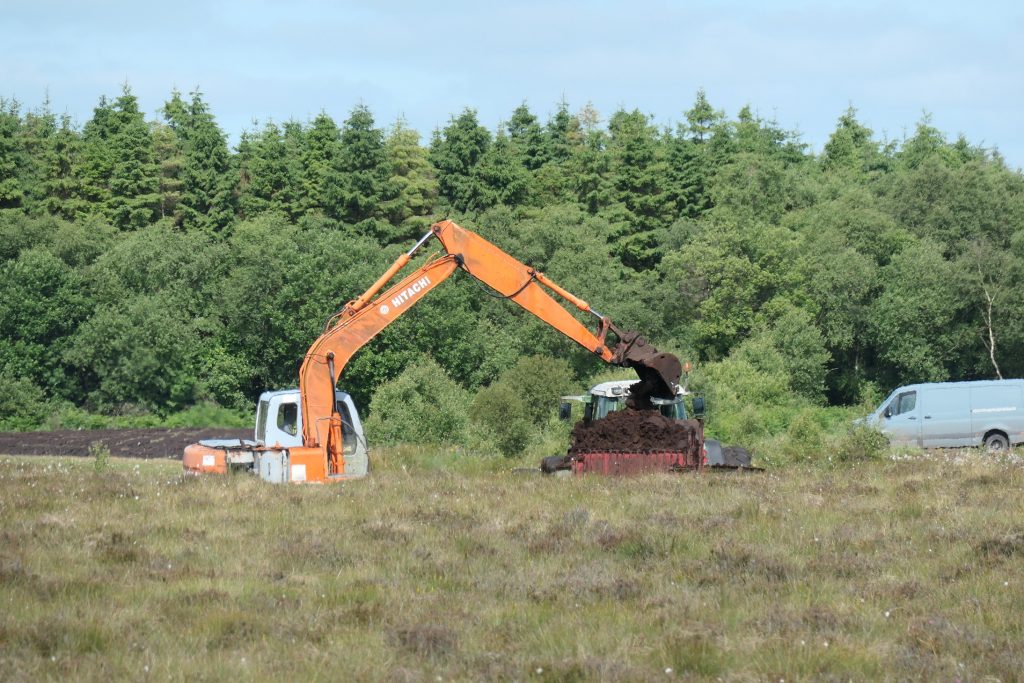
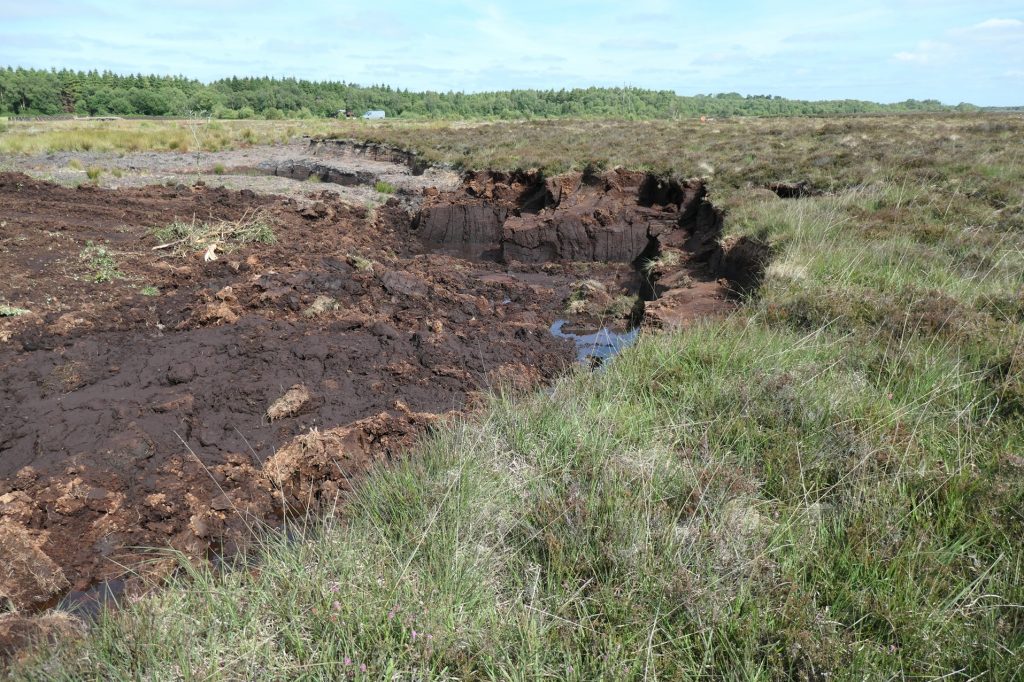
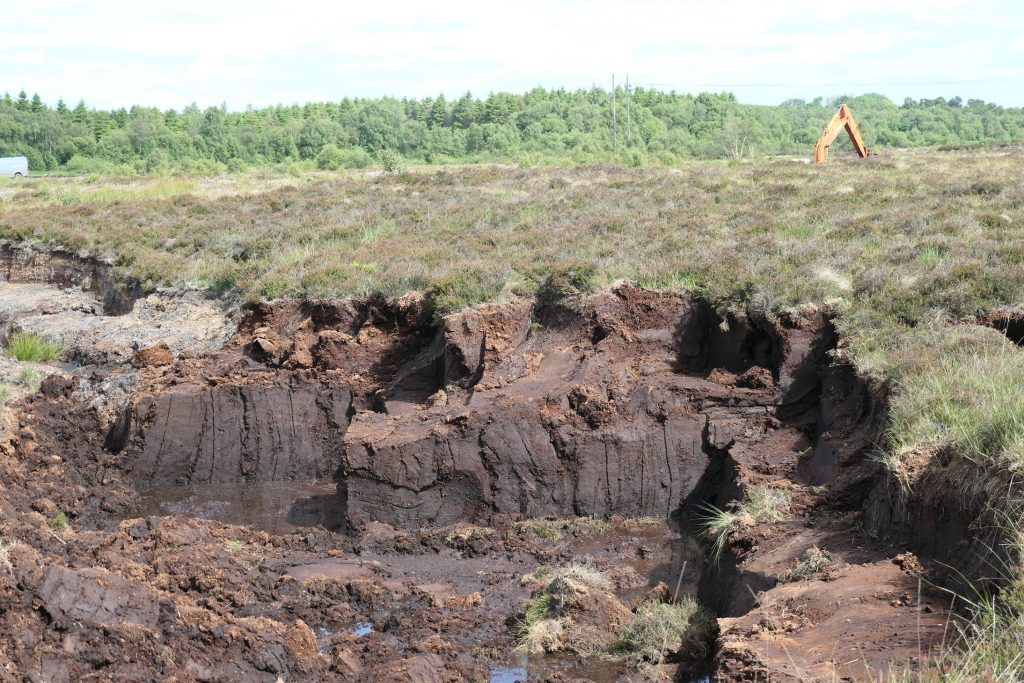
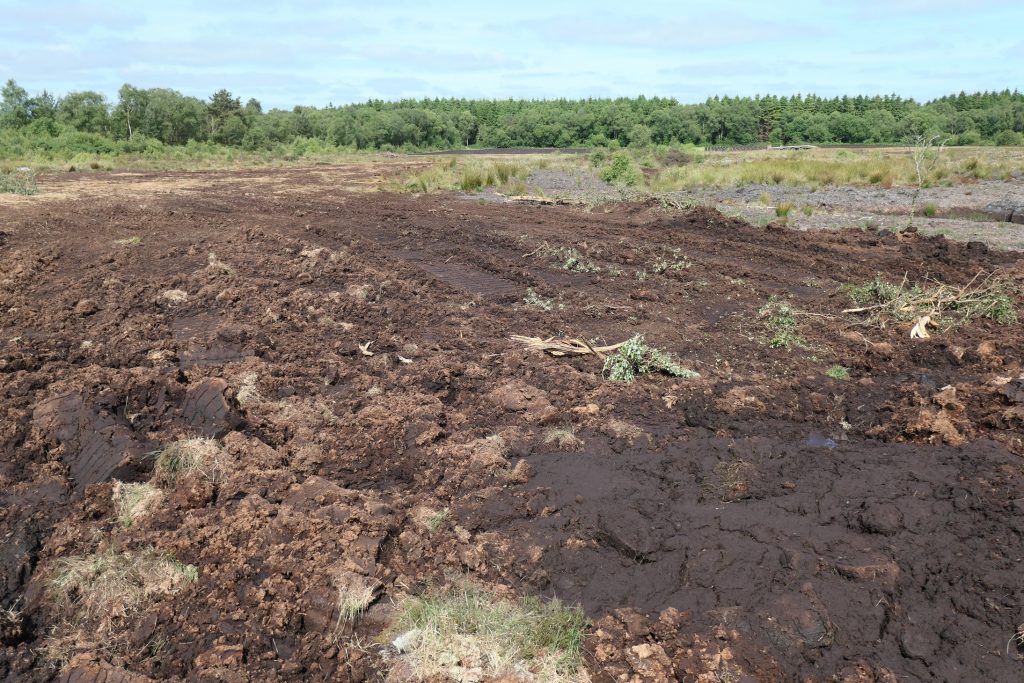
Images of the beauty being obliterated follow.

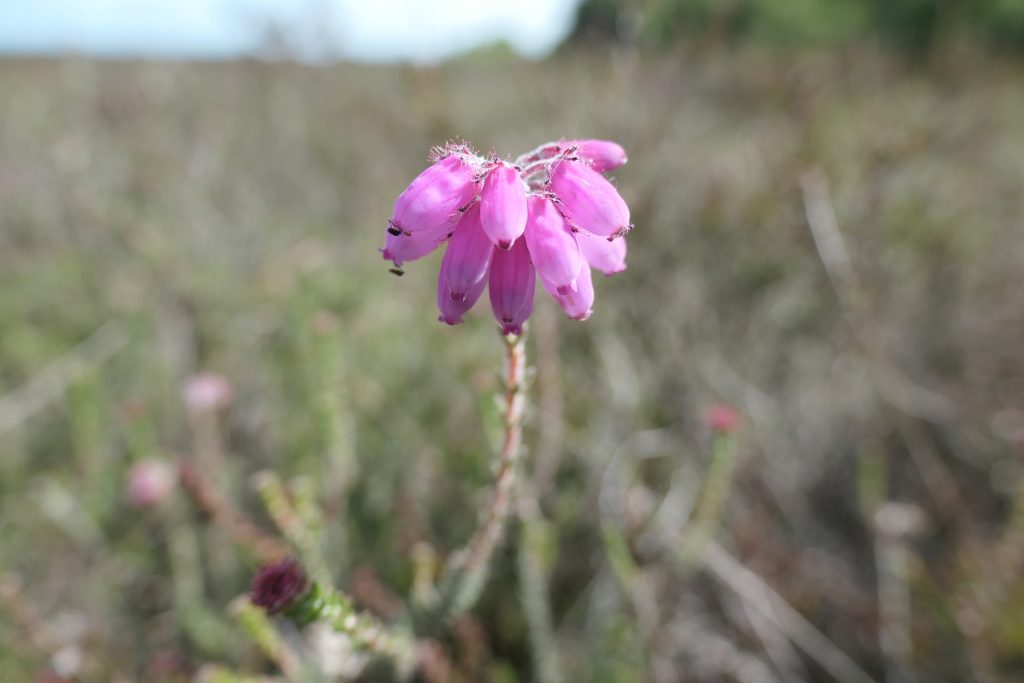

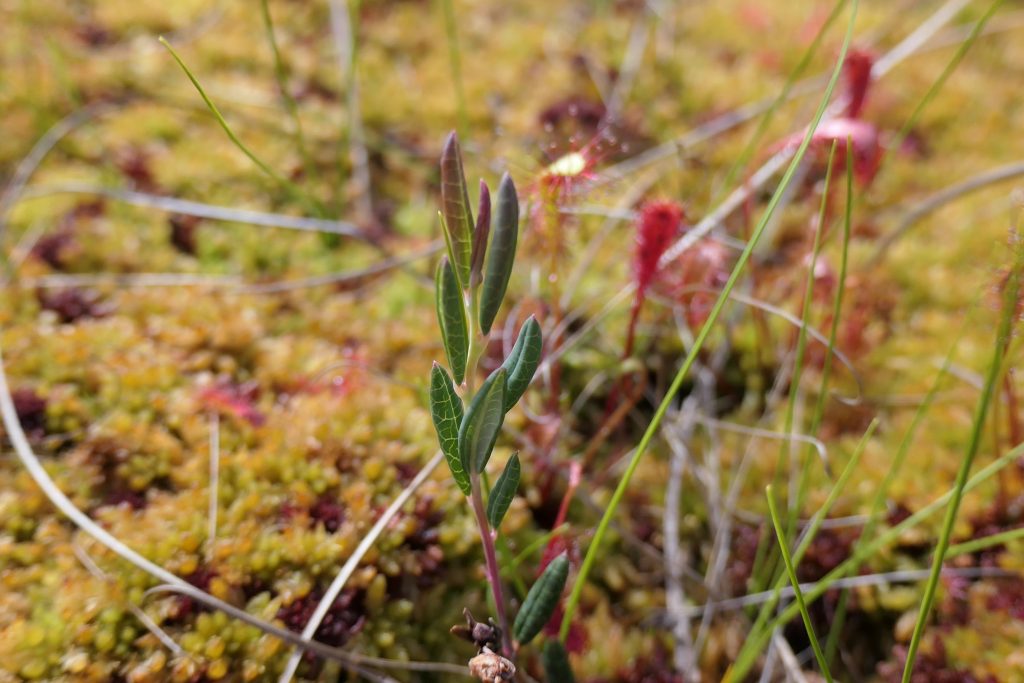

The European Commission is taking Ireland to court over its failure to protect the bogs designated as Special Areas of Conservation (https://ec.europa.eu/commission/presscorner/detail/en/ip_24_1232). Ireland is failing to protect the bogs the country is committed to protect. This does not include undesignated sites in private ownership where peat cutting can continue. The benefits of re-wetting are potentially significant. A UN report (Global Peatlands Assessment: The State of the World’s Peatlands, 2022 ) states that drained peatlands represent only 3% of the EU’s agricultural land and rewetting them would avoid up to 25% of the EU’s greenhouse gas emissions from agriculture.
Yet peat cutting continues, often with political support. The excuses quoted include other countries doing it and people needing to stay warm over the winter. Bad behaviour should not be our example. Peat is not cut to stop people freezing to death in winter. It is machine-cut to make money.
Butterfly Conservation Ireland does not like to bring you bad news. But the truth must be told.
